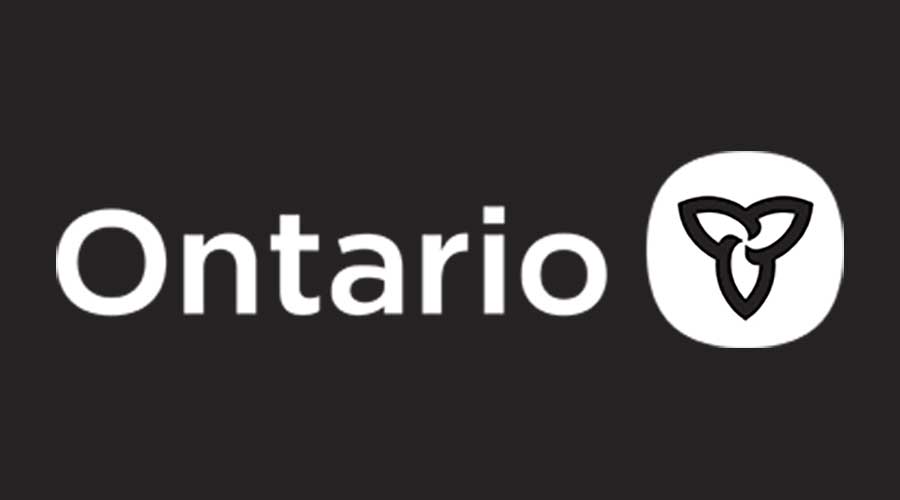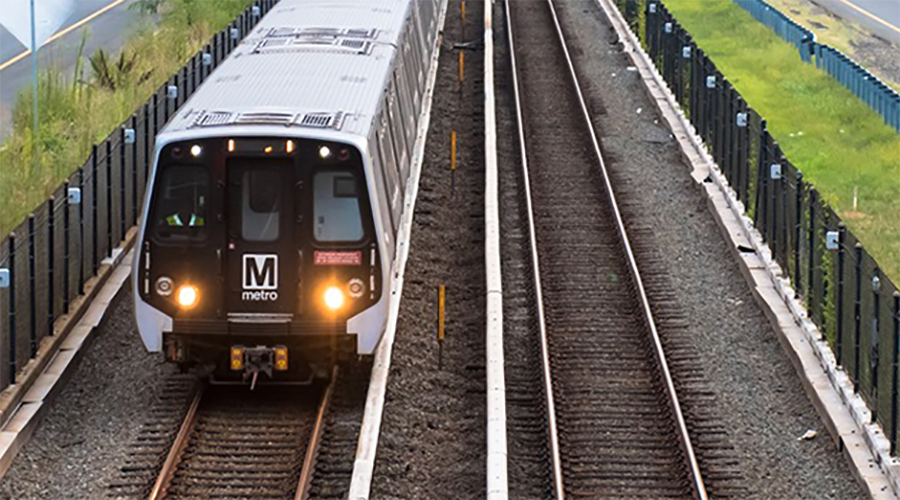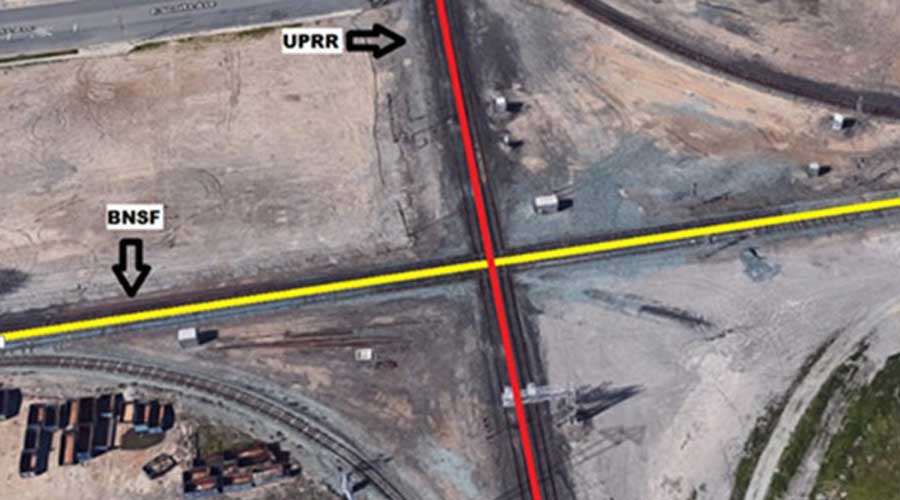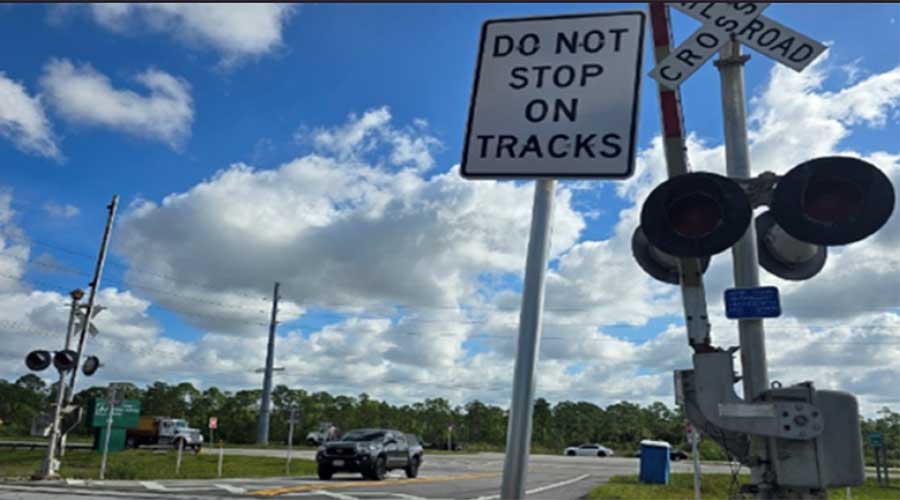Newsletter Sign Up
Stay updated on news, articles and information for the rail industry
Stay updated on news, articles and information for the rail industry
RAIL EMPLOYMENT & NOTICES
Rail News Home
Rail Industry Trends
Rail News: Rail Industry Trends
5/1/2002
Rail News: Rail Industry Trends
Small roads vital to BNSF's revamped carload network, but e-compliance is required, Rose says
advertisement
Regionals and short lines will play a critical role in Burlington Northern Santa Fe's plans to redesign its carload network.
BNSF Chairman, President and Chief Executive Officer Matthew Rose April 30 sent small roads that message during his speech at American Short Line and Regional Railroad Association's annual meeting in Orlando, Fla.
"We will promote a higher level of service and give more attention to branch-line shippers by enabling large and small railroads to focus on what they do best," he said. "We run unit trains to/from high throughput terminals and carload traffic over high-speed, high-volume mainlines, and through automated state-of-the-art classification terminals — our short-line partners can potentially do most everything else."
Rose believes small roads are better at managing carload products because they hold profit-and-loss responsibility, and are better-positioned to maintain front-line shipper/receiver relationships than most large railroads.
"You are in a unique position to 'sell' the carload product to decision-makers and decision-supporters while functioning as larger railroads' eyes and ears," Rose said.
However, BNSF's redesigned carload network will require frequent and uniform electronic car-location reporting — meaning the new system will need 100-percent participation from both short lines and Class Is.
"We're currently seeing more than 90 percent of our short-line traffic movement being reported electronically within 12 hours of the movement itself, but only 70 percent of our connecting short lines actually are participating," Rose said. "We need both numbers to be 100 percent by year-end and the reporting lag to be no more than eight hours. In the future, we will only consider a short-line operator for additional BNSF outsource opportunities that is e-compliant and can report to these standards."
BNSF Chairman, President and Chief Executive Officer Matthew Rose April 30 sent small roads that message during his speech at American Short Line and Regional Railroad Association's annual meeting in Orlando, Fla.
"We will promote a higher level of service and give more attention to branch-line shippers by enabling large and small railroads to focus on what they do best," he said. "We run unit trains to/from high throughput terminals and carload traffic over high-speed, high-volume mainlines, and through automated state-of-the-art classification terminals — our short-line partners can potentially do most everything else."
Rose believes small roads are better at managing carload products because they hold profit-and-loss responsibility, and are better-positioned to maintain front-line shipper/receiver relationships than most large railroads.
"You are in a unique position to 'sell' the carload product to decision-makers and decision-supporters while functioning as larger railroads' eyes and ears," Rose said.
However, BNSF's redesigned carload network will require frequent and uniform electronic car-location reporting — meaning the new system will need 100-percent participation from both short lines and Class Is.
"We're currently seeing more than 90 percent of our short-line traffic movement being reported electronically within 12 hours of the movement itself, but only 70 percent of our connecting short lines actually are participating," Rose said. "We need both numbers to be 100 percent by year-end and the reporting lag to be no more than eight hours. In the future, we will only consider a short-line operator for additional BNSF outsource opportunities that is e-compliant and can report to these standards."


 2025 MOW Spending Report: Passenger-rail programs
2025 MOW Spending Report: Passenger-rail programs
 Gardner steps down as Amtrak CEO
Gardner steps down as Amtrak CEO
 Guest comment: Oliver Wyman’s David Hunt
Guest comment: Oliver Wyman’s David Hunt
 Women of Influence in Rail eBook
Women of Influence in Rail eBook
 railPrime
railPrime







